Depuis 2019, la campagne de SuisseEnergie «MakeHeatSimple» a permis l’adaptation de 40’000 installations de chauffage de résidences secondaires à un mode de gestion à distance. Ces biens immobiliers qui ne sont pas occupés tout l’année présentent un potentiel important d’économie d’énergie. Lorsque l’appartement ou la maison est vide, le chauffage tourne au minimum. Avant de se rendre sur place, il suffit au propriétaire depuis sa résidence principale de définir la température pour le séjour. En arrivant, la maison sera chauffée selon ce qui a été demandé. Une étude datant de 2017 montre qu’une utilisation à large échelle de cette technologie permettrait une économie de 2000 GWh ou l’équivalent de 600’000 tonnes de CO2 par année. Weiterlesen
Schlagwortarchiv für: Heat
From an energy perspective, windows have an opposite effect depending on the time of year: In winter, they allow solar heat into the interior and thus reduce heating demand. In summer, on the other hand, solar heat gain is often undesirable because it can lead to increased cooling demand. Blinds and other adjustable exterior solar shading systems serve to keep summer heat out of interior spaces. Weiterlesen
Im Winter sind Zweitwohnungen oft durchgängig beheizt, auch wenn über lange Zeit niemand darin wohnt. Impulsberaterin Cornelia Winkler erklärt, wie sich dort Energie einsparen lässt – ohne beim nächsten Besuch in der Wohnung frieren zu müssen.
At first glance, one would hardly believe that a simple water tank could be enough to bring heat from summer into winter. But in fact, a storage tank with a volume of 12 cubic meters or more is enough to supply an apartment with heat and hot water from solar collectors for the entire winter. Because such storage solutions have been relatively expensive up to now, scientists from the universities in Rapperswil and Lucerne have been searching for ways to make the technology more economical in two research projects. Weiterlesen
Geothermal energy is already used intensively in Switzerland, mainly by means of geothermal probes that collect heat from the ground to provide heat and hot water for buildings. However, the heat from deeper layers of the earth is hardly used: If one were to drill 1000 m and deeper, one would come across an enormous heat reservoir that can be used for heating purposes, industrial processes and electricity production. Weiterlesen
The Joint Programming Platform Smart Energy Systems (JPP SES) in cooperation with the GEOTHERMICA ERA-Net network, which Switzerland is a part of, have launched a joint call for proposals for transnational projects on 31 May 2021. Weiterlesen
La Suisse participe à la recherche européenne sur le chauffage à distance
Le programme-cadre de l’UE pour la recherche et l’innovation, „Horizon 2020“, promeut des moyens de résoudre les enjeux sociétaux tels que le changement climatique. Le projet récemment lancé „RES-DHC„, abréviation de „Renewable Energy Sources in the District Heating and Cooling“, se concentrera sur l’augmentation de la part des énergies renouvelables dans le chauffage et froid à distance dans les années à venir. Weiterlesen
Industrielle Wärmepumpen haben Potenzial
Das Heizen von Wohngebäuden mit einer Wärmepumpe ist gang und gäbe. In der Industrie sind Wärmepumpen noch nicht so verbreitet. Warum das so ist und wo das Potenzial liegt, das hat die Interstaatliche Hochschule für Technik Buchs (NTB) nun für die Schweiz untersucht. Weiterlesen
Le froid et la neige sont arrivés, nombreux domaines skiables ont ouvert leurs pistes, les stations se préparent à accueillir leurs hôtes et … les températures montent. Du moins dans les chalets et appartements secondaires, dont la plupart des chauffages ne sont pas assez «intelligents» pour savoir si leurs habitants sont présents ou pas. Des chauffages qui tournent tout au long de l’hiver, sans arrêt, pour le plus grand bonheur des vacanciers ou des lits froids qu’ils laissent derrière eux en partant. Weiterlesen
Kontakt
Bundesamt für Energie
Pulverstrasse 13
3063 Ittigen
Postadresse:
Bundesamt für Energie
3003 Bern
Telefonnummern:
Hauszentrale +41 58 462 56 11
Pressestelle +41 58 460 81 52
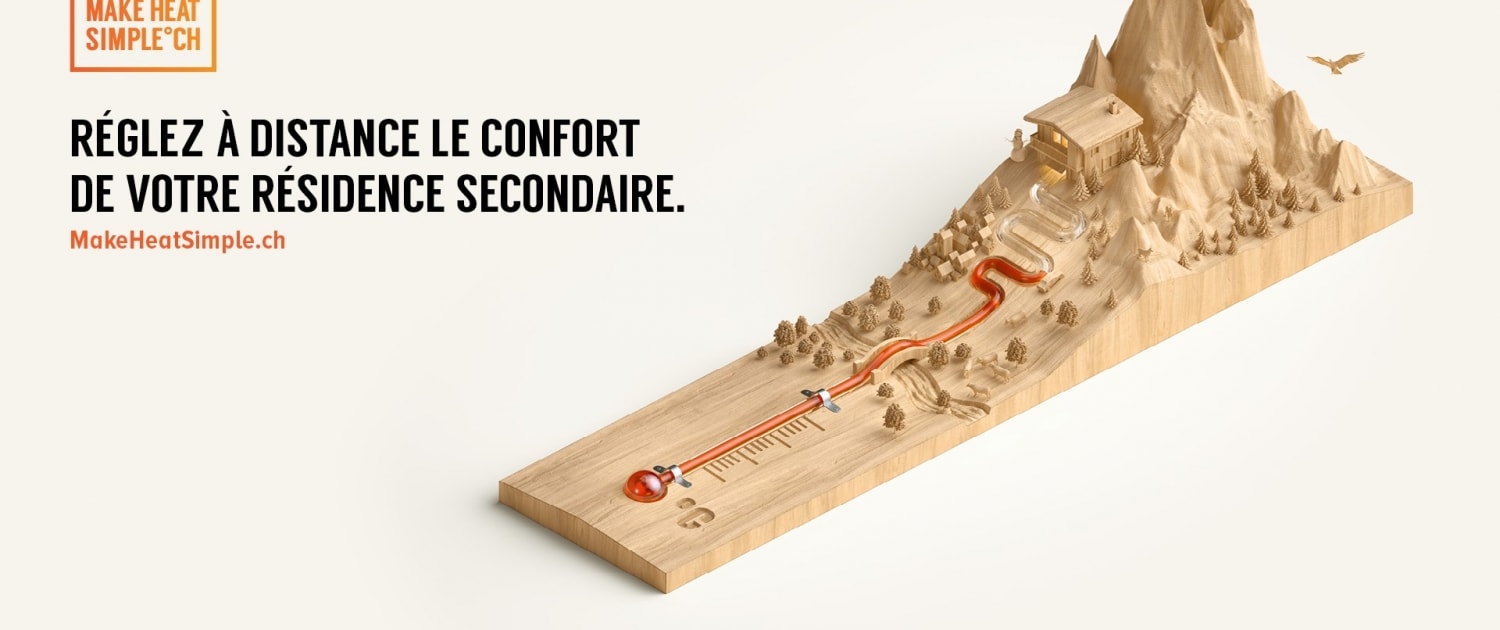
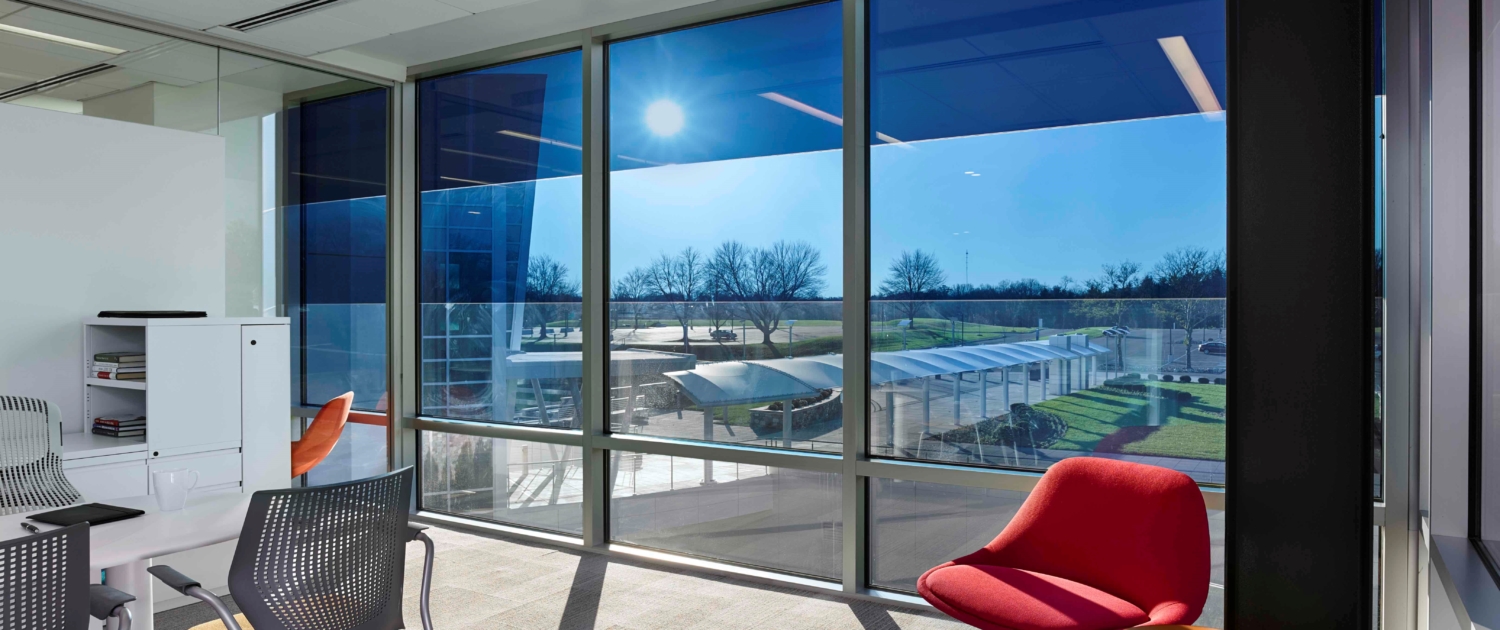 Foto: SageGlass/Jeffrey Totaro
Foto: SageGlass/Jeffrey Totaro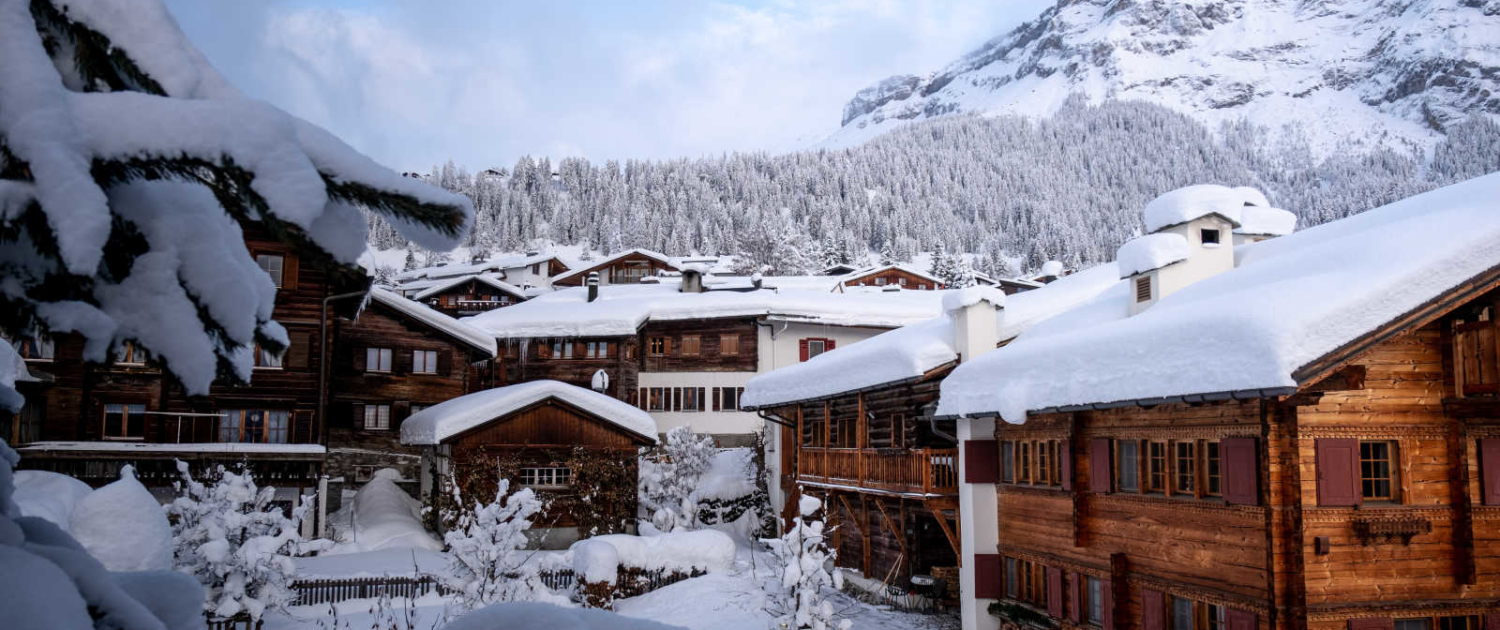 EnergieSchweiz
EnergieSchweiz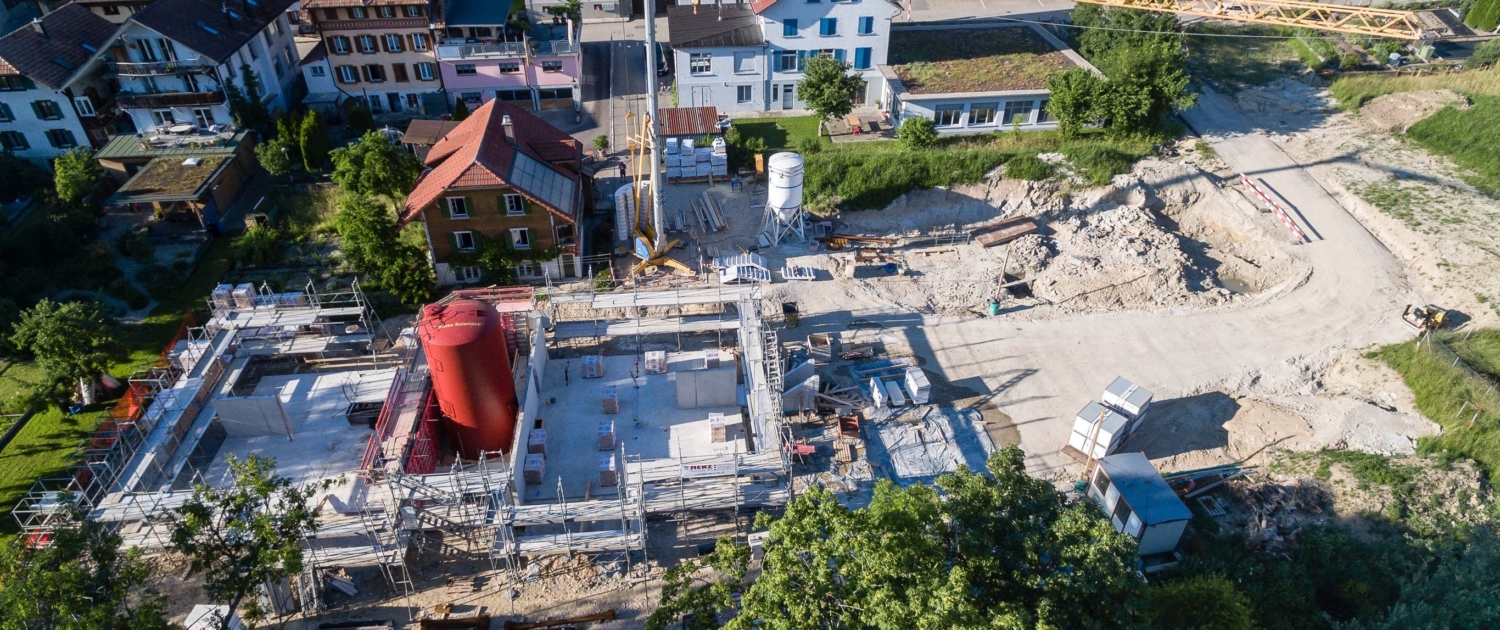
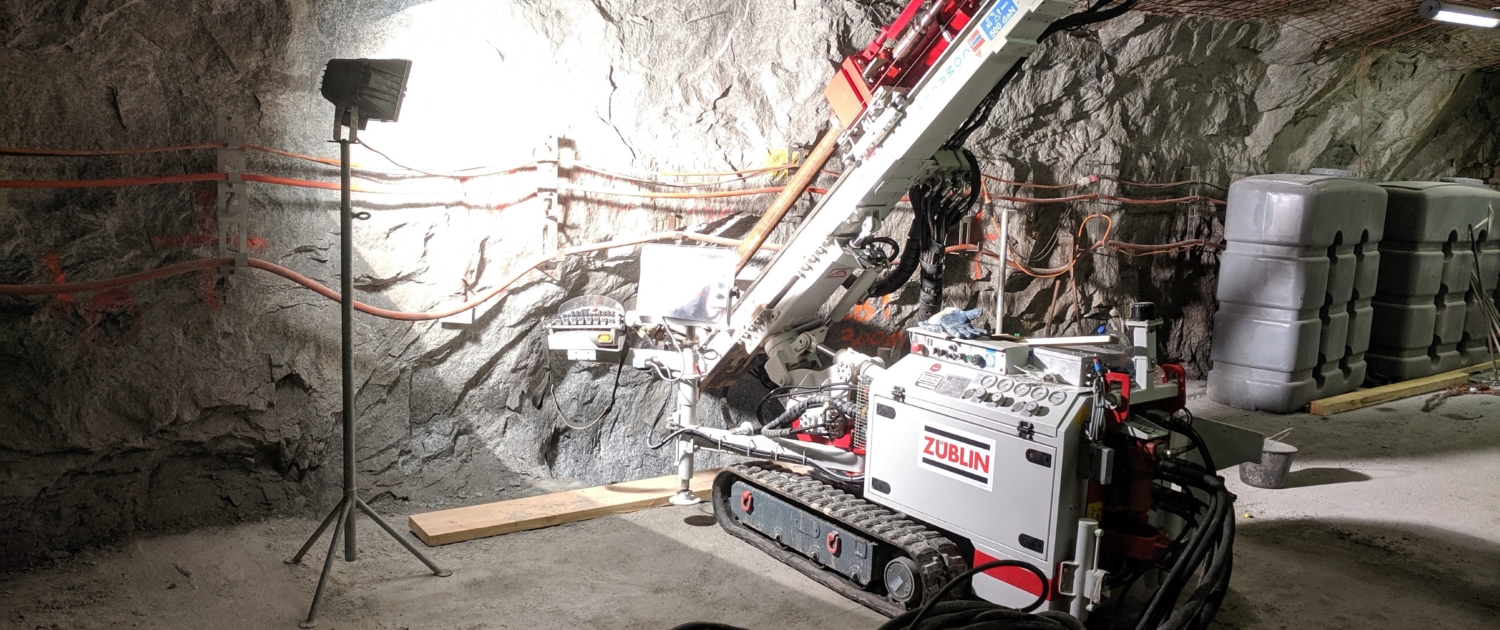 Benedikt Vogel
Benedikt Vogel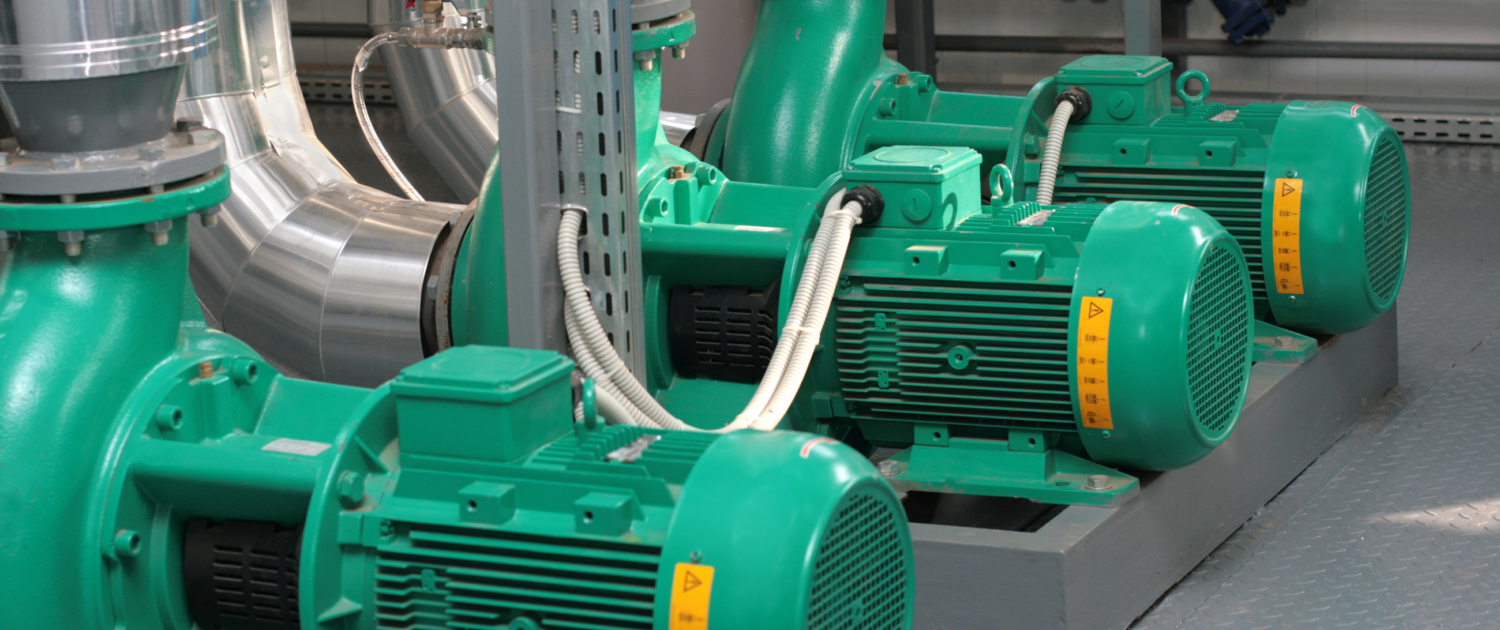 Shutterstock
Shutterstock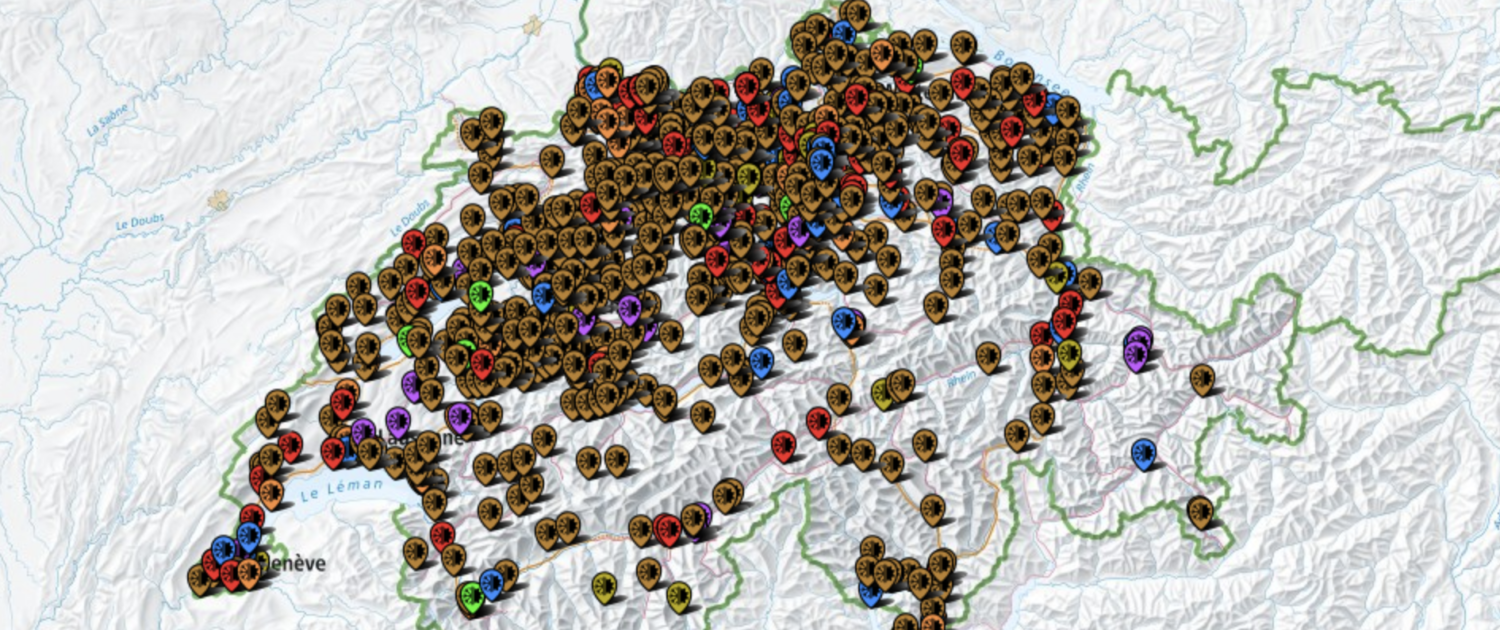 map.geo.admin.ch
map.geo.admin.ch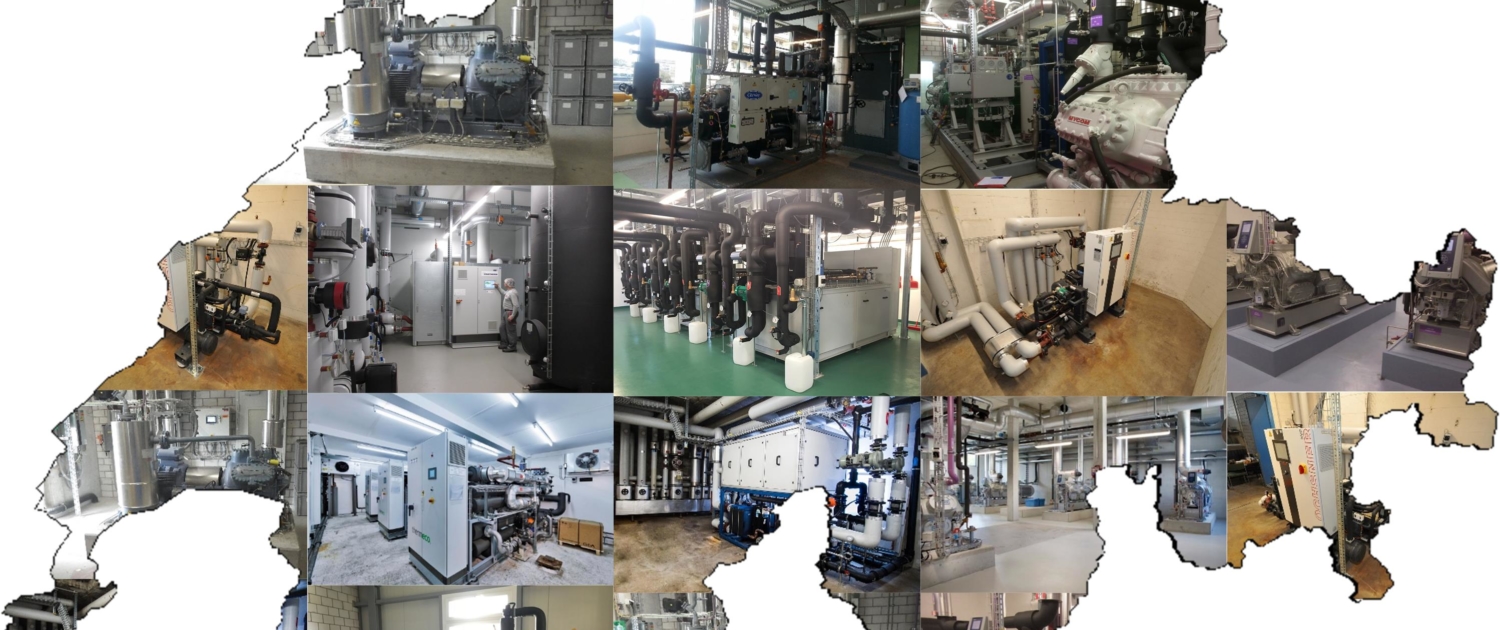 NTB
NTB